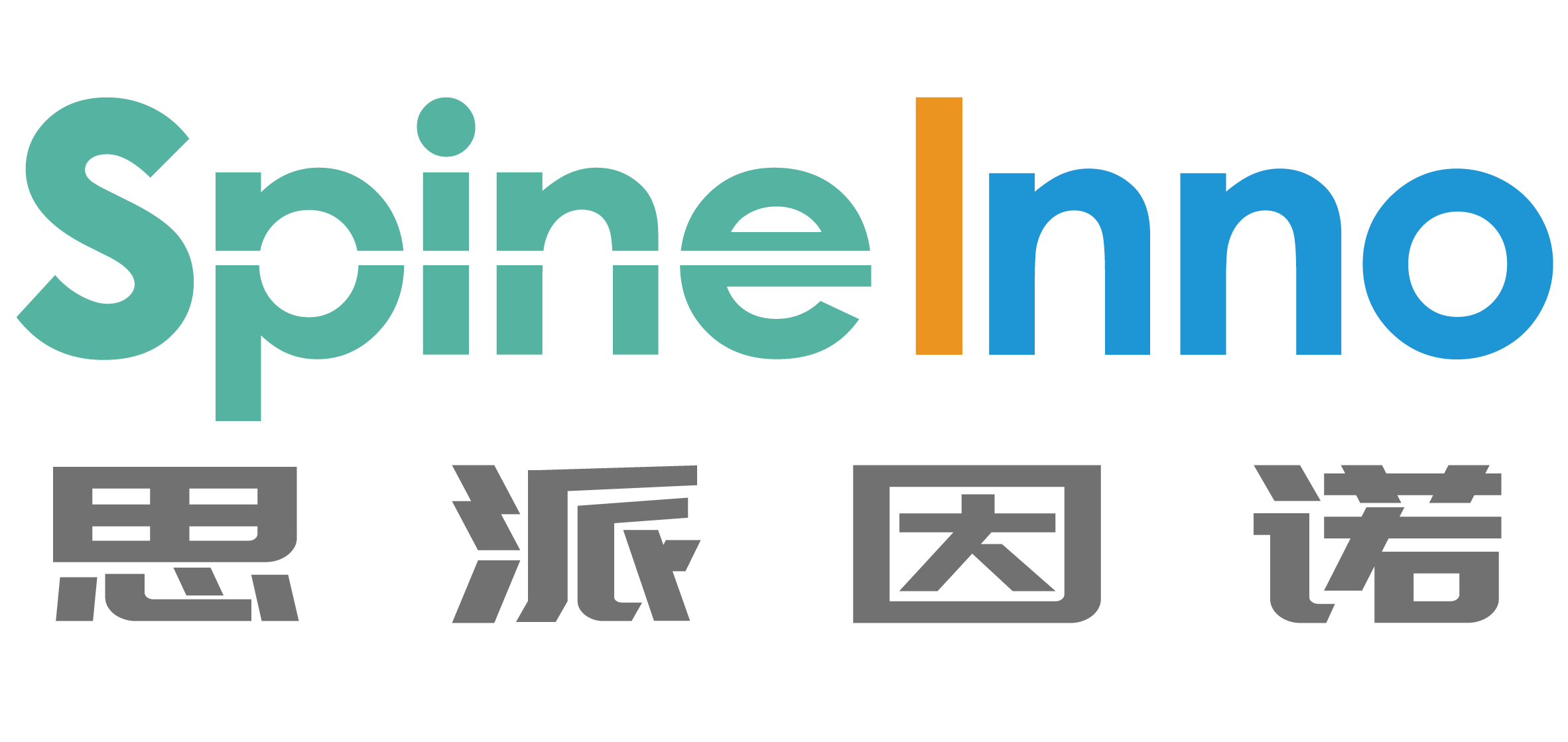How the Cervical Spine Works: Understanding the Key Components and Working Mechanisms
The cervical spine, also known as the neck, is a complex network of bones, cartilage, muscles, nerves, and other tissues that work together to support the head, facilitate movement, and protect the spinal cord. Understanding how the cervical spine works is essential for diagnosing, treating, and preventing various neck and spine disorders.
Key Components of the Cervical Spine:
Vertebrae: The cervical spine consists of seven vertebrae, labeled C1 to C7, that are stacked on top of each other to form the spinal column. The first two vertebrae, C1 and C2, are unique in shape and function.
Discs: Intervertebral discs are gel-like cushions that sit between the vertebrae and absorb shock. They also allow for some mobility and flexibility in the neck.
Muscles and Ligaments: Numerous muscle groups and ligaments connect the vertebrae and allow for movement and stability in the neck. The primary muscles involved in moving the neck are the sternocleidomastoid, trapezius, and scalene muscles.
Nerves: The cervical spine houses the upper part of the spinal cord and numerous nerve roots that branch out from it. These nerves control various functions in the neck, shoulders, arms, hands, and fingers.
Working Mechanisms of the Cervical Spine:
The cervical spine works in conjunction with the skull, shoulders, and upper body to facilitate movement and support the head. It allows for flexion, extension, rotation, and lateral bending, enabling us to perform daily activities like looking around, nodding, or tilting our heads.
The working mechanisms of the cervical spine involve interplay between the vertebrae, discs, muscles, and nerves. When we move our neck, the muscles contract and relax, pulling the vertebrae and discs in different directions. The nerve impulses sent by the brain control the muscle movements and sense any sensations or pain.
Advanced Technology and Cervical Spine Manufacturing:
Advanced technology plays a crucial role in the manufacturing of cervical spine products, such as implants, devices, and instruments. By using innovative materials, techniques, and software systems, suppliers can create custom products that match the unique anatomy and needs of each patient.
For example, computer-aided design and manufacturing (CAD/CAM) software allows for precise measurements and simulations of the cervical spine, reducing errors and improving accuracy. Additive manufacturing, also known as 3D printing, enables the creation of complex structures and shapes that are impossible to achieve through traditional manufacturing processes.
Contact Us for Cervical Spine Solutions:
At Cervical Spine, we are dedicated to providing high-quality products and services that prioritize patient needs and safety. With years of experience and state-of-the-art technology, we offer a range of cervical spine solutions designed to alleviate pain, restore mobility, and improve quality of life.
If you are looking for reliable and efficient cervical spine products and services, please don't hesitate to contact us. Our team of experts is always ready to assist you with any inquiries or concerns you may have.
In conclusion, understanding how the cervical spine works is essential for maintaining optimal neck and spine health and preventing or treating various disorders. By focusing on the key components and working mechanisms of the cervical spine and leveraging advanced technology in manufacturing, we can improve the efficacy and safety of cervical spine products and services. Contact us to learn more about our cervical spine solutions.
